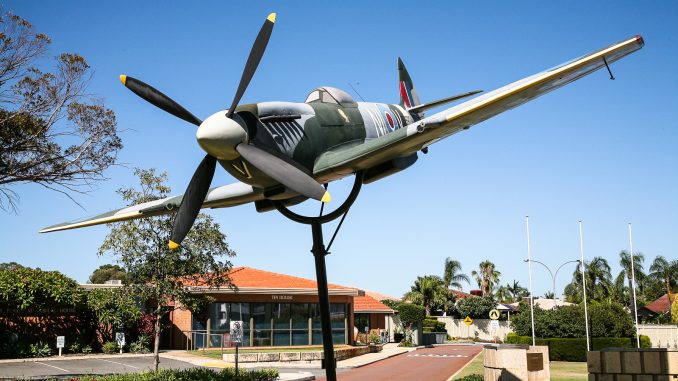
The RAAFA Aviation Heritage Museum – An Overview
by Phil Buckley
The Aviation Heritage Museum, maintained by the Royal Australian Air Force Association at Bull Creek near Perth in Western Australia, has an important collection of historically significant and rare aircraft associated with RAAF history, along with many other aviation-related artifacts gathered over the past six decades.
The collection is owned and operated by the Western Australian Division of the RAAF Association. The idea for the museum goes back to 1929 when the group formed which became the genesis for the RAAF Association. The Association acquired the Kalgoolie Biplane as a exhibit. Sadly, this historic aircraft (the first aircraft built in Western Australia) was later donated to the Perth Museum, where it fell under neglect, and was eventually scrapped soon after the end of WWII. The Association’s next aircraft was Supermarine Spitfire Mk.22 PK481, which they acquired in August, 1958 from their sister organization, the RAF Association in Shoreham, England. It was almost another year before the Spitfire arrived in Perth, Australia. It became a centerpiece for the RAAFA club house, mounted outside on a pole at Adelaide Terrace. This development soon saw more aircraft acquired, and just three years later the association acquired an Avro Lancaster B.VII from the French Navy. By 1968, with a growing collection of items, the RAAFA realized that they needed a museum building, so they set up a fund to finance it. The 1960s and 1970s witnessed further expansion at the museum as they gathered more artifacts, ranging from whole aircraft, to aircraft parts and engines, books, photographs and other ephemera.
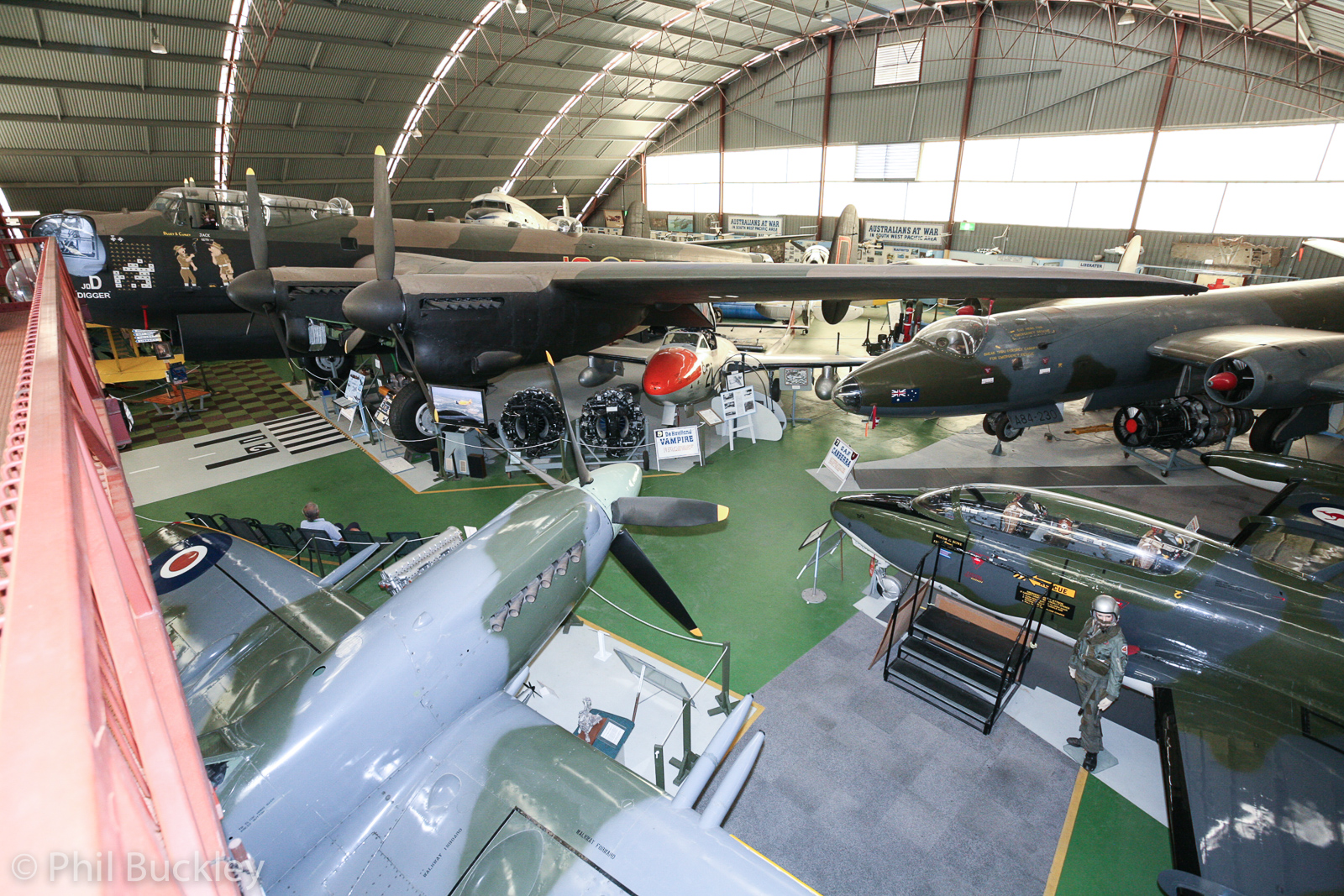
In 1971 the RAAFA formalized their plans for a museum building, and founded the Aviation Historical Group to help support it. The new group comprised members of the RAAFA, but also included private collectors and aircraft restorers from around Perth. Tied in with this development, the Association, catering to its older members, also envisaged a retirement village and larger club house. By the late 1970s the museum received a AU$100,000 donation from a Western Australian government-sponsored fund for construction of the first museum building (now referred to as the South Wing). The new museum opened on November 17th, 1979. This first structure held all of the collection’s smaller aircraft and artifacts, however, larger exhibits such as the Lancaster and Douglas Dakota were too large, and remained outdoors.
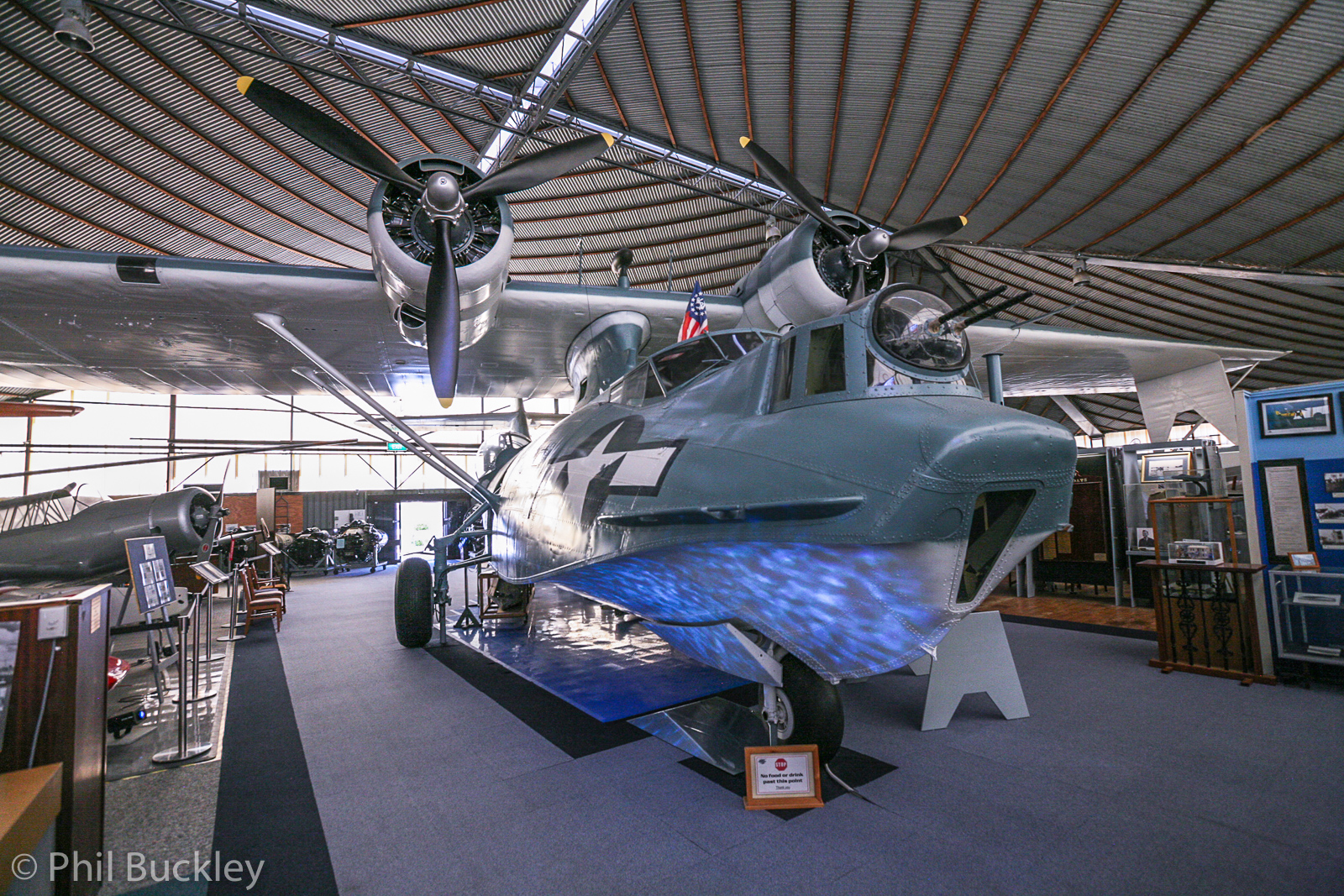
As the museum grew, the state government again donated money to enable construction of the museum’s second building (North Wing). This opened on December 17th, 1983. Finally, the Lancaster, Dakota and Catalina could come safely undercover. Since then the museum has added further facilities, including a walk way inside the North Wing, three portable buildings (prefabs) which house the museum’s library, photographic archive, a model aeroplane group and the accessioning offices. A new workshop went up behind the South Wing after the old one was demolished to make way for the Association’s Mirage Apartments retirement facility.

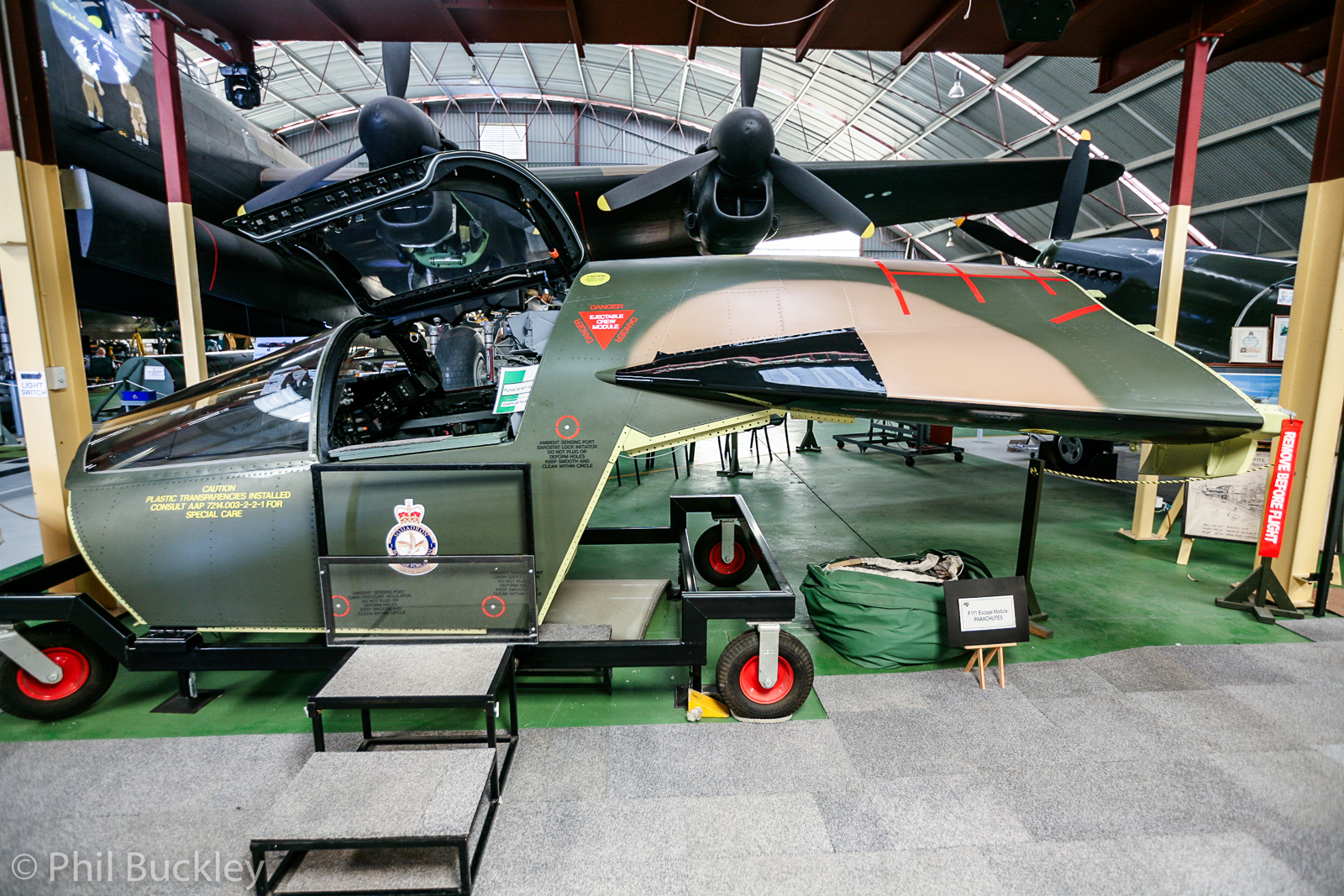
Restoration Projects:
While most of the museum’s aircraft are fully restored and already on display, the restoration team are currently working on a pair of interesting flight simulators, including a WWII-era Link Trainer and a much more unusual Cold War-era F-111F simulator.
F-111F Simulator at RAAFA Bull Creek
As many readers will know, the Royal Australian Air Force was the only export customer to field the mighty General Dynamics F-111 Aardvark. In all, 28 F-111C’s, supplemented by a further 15 second-hand F-111Gs, served in the RAAF prior to their retirement in December, 2010. While the museum does not have an F-111 on display, they do have a crew capsule from a former RAAF F-111C. They also have an F-111 systems trainer which is owned by museum volunteer Geoff Brueder. Acquired in the USA in 2012, Brueder is restoring the simulator, which is essentially an adapted F-111F crew capsule. Once it is complete, Brueder will connect it to a flight simulator with a video screen so that the museum can make a little extra money from discerning visitors who wish to experience the cockpit up close and personal. The F-111 simulator will also receive the appropriate markings for an Australian-operated aircraft.

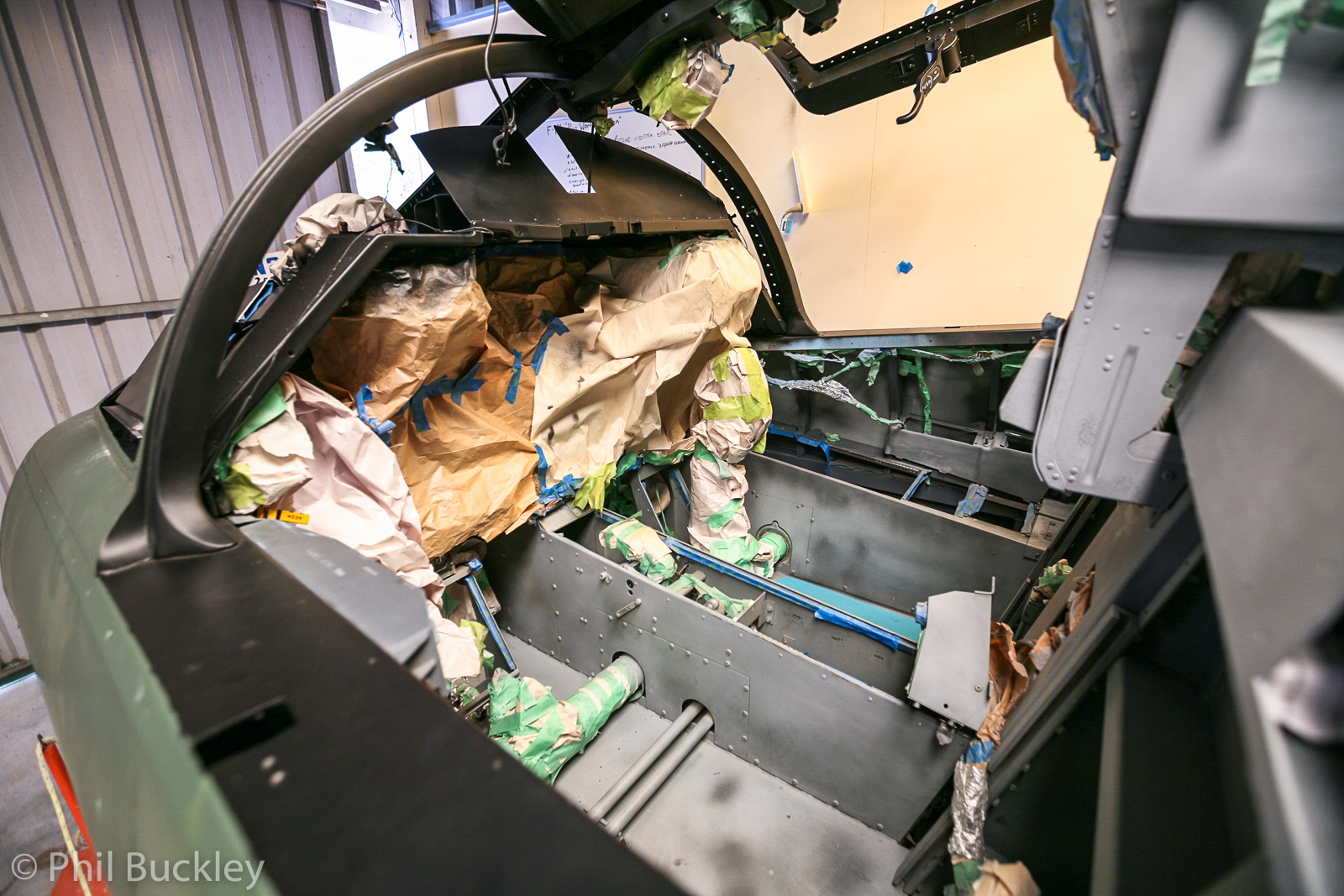
WW2 era Link trainer
Also in the workshop during WarbirdsNews visit was another flight simulator, this one being a WWII-era Link D2 trainer. This device is crude in nature, but was designed to provide blind-flying training for nascent pilots, so they could gain some experience flying solely on instruments in the safe environs of the flight school hangar. Designed in the late 1920s by Edwin Link in the USA, the Link Trainer enjoyed world-wide success in its various forms, and greatly contributed to the Allied war effort during WWII. The RAAF received 140 of them for training their pilots, and continued using them into the 1970s, which resulted in quite a number of them surviving long enough to be preserved. The one in the museum’s workshop is undergoing restoration to operable status, and will hopefully allow the chance for museum visitors to experience what it was like in one of these primitive, though effective flight training aids.




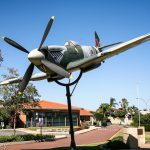
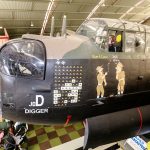
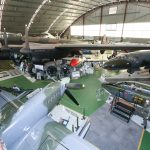
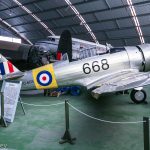
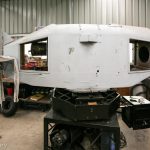
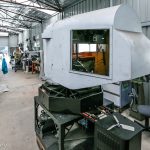
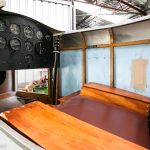
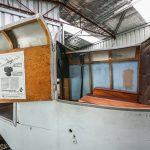
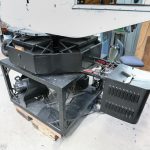
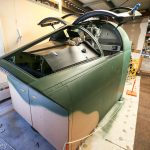
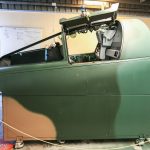
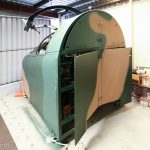
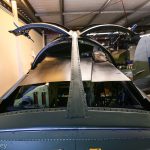
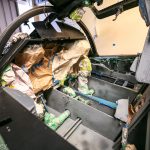
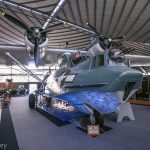
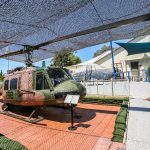
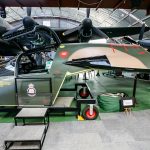
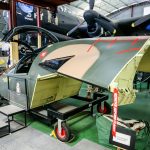
Be the first to comment
Graphic Design, Branding and Aviation Art